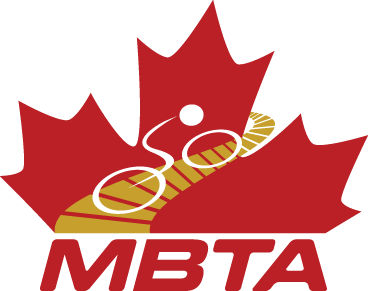Goal To Have BC Recognized As Top Riding Destination In The World
BRITISH COLUMBIA – March 7, 2011 – The Mountain Bike Tourism Association (MBTA) has launched a new website designed to provide information and inspiration for all things mountain biking in British Columbia.
“This province is arguably the hub of the mountain biking market for North America in regards to concentration of riders and the incredible amount of trail access we enjoy,” says Martin Littlejohn, Executive Director of MBTA. “There is simply so much inspiring terrain in BC, and within most communities around the province, there are passionate people helping to drive the development and awareness of these riding opportunities from the grassroots up.”
The website www.mountainbikingbc.ca makes riding experiences more accessible to visitors exploring British Columbia. The Mountain Biking BC website allows active and committed riding communities across the province to consolidate their information, share it with the global mountain bike world and build awareness for British Columbia as the most diverse biking destination in the world.
For its initial launch, Mountain Biking BC features eight riding destinations within the province’s six tourism regions. The MBTA is working with many more communities in the province that could benefit and as new community destinations come on board, more BC riding opportunities will be featured on the site.
Currently the site features information for:
- Cariboo Chilcotin Coast region – Williams Lake
- Northern British Columbia region – Burns Lake
- Vancouver, Coast and Mountains region – Powell River, Squamish and Whistler
- Kootenay Rockies region – Rossland
- Thompson Okanagan region – Shuswap
- Vancouver Island region – Sooke
Each community partner is in charge of developing their own content for their portion of the website, ensuring local expertise and a dependable experience for the rider. All trails featured on Mountain Biking BC are considered signature trails for that region and have trail signage and management systems in place to ensure a positive and rewarding experience for riders.
“There used to be a ‘Wild West’ scenario out here with technical trail features (manmade structures) popping up everywhere and unsustainable trail-building techniques being applied,” says Littlejohn. “Times have changed and trail builders tend to rely on natural features to add challenge to the trail and reduce the amount of maintenance required. With the help of Recreation Sites and Trails BC, under the Ministry of Natural Resource Operations, the province is gaining more authorized trails and taking an inventory of the trails on Crown land. It is evident mountain biking can support the province’s goal of increasing tourism and it is the MBTA’s mandate to have mountain biking recognized for its role in the tourism industry.”
“This province’s trails were developed by riders, for riders. Now engagement will be crucial in getting feedback from the people that ride the trails in each region to ensure the website educates visitors on what is out there to explore,” says Littlejohn. “We are encouraging BC’s riders to check out the new Mountainbikingbc.ca website and to get their communities involved.”
